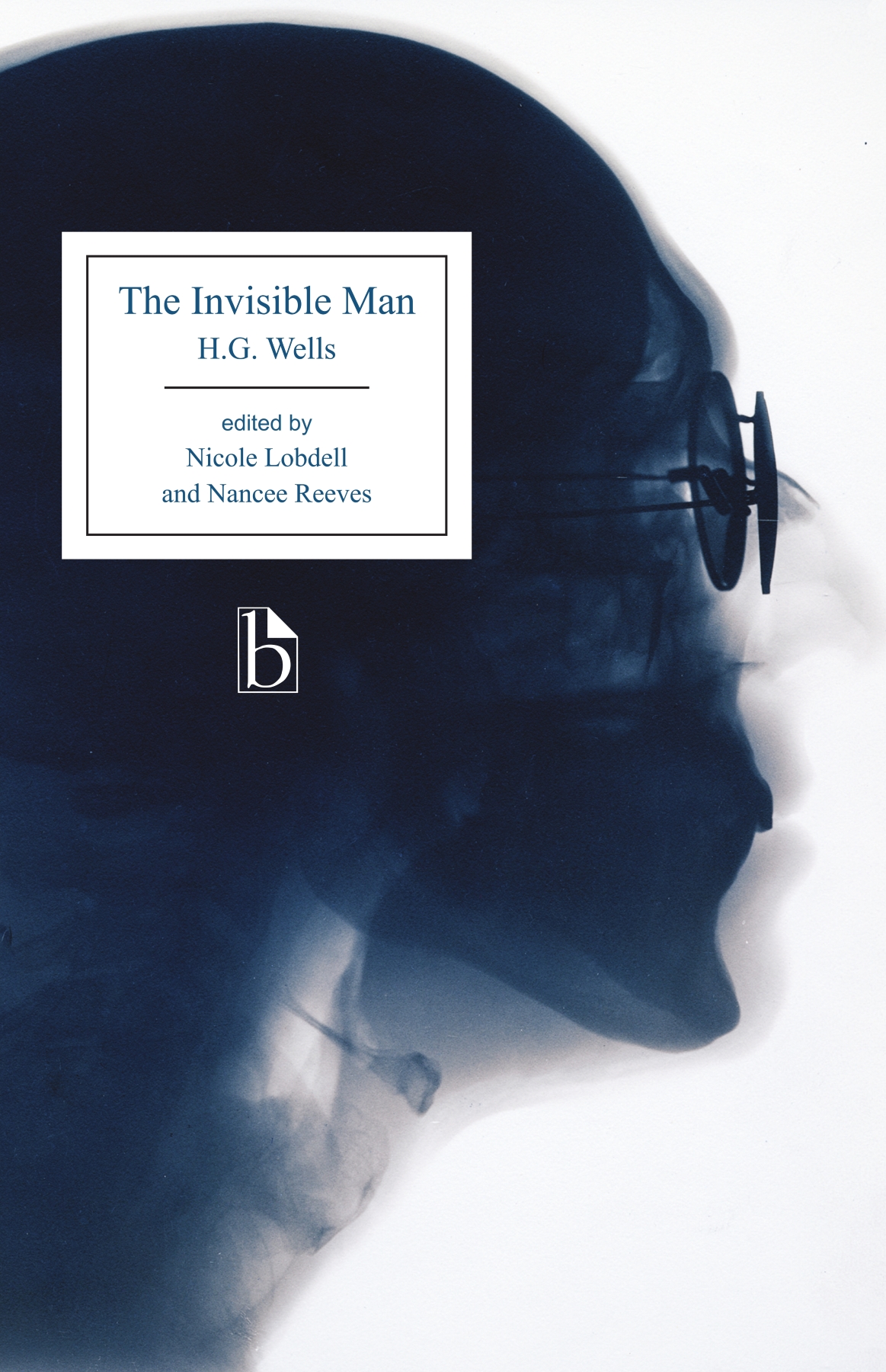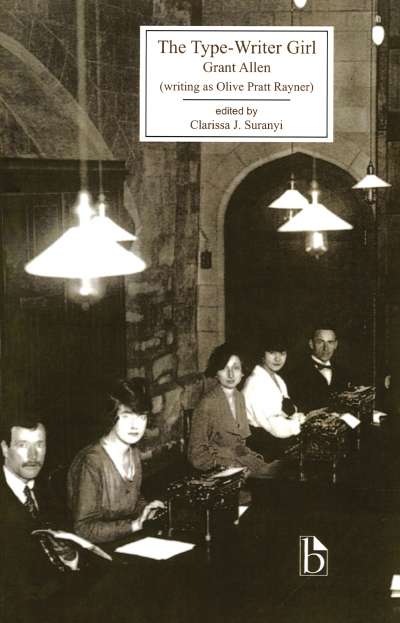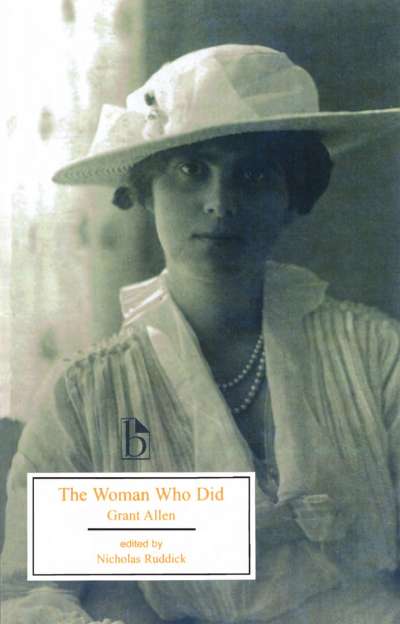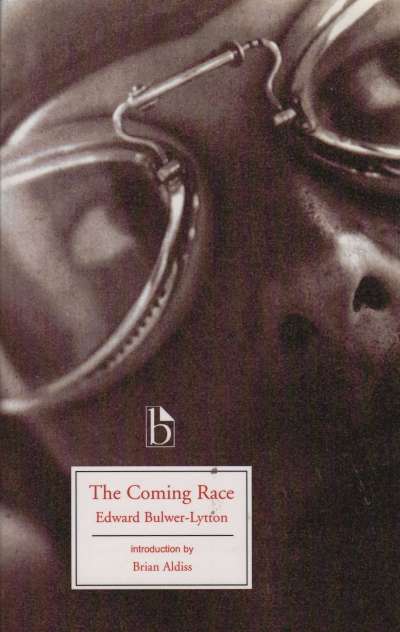The Invisible Man stands out as possessing one of the most complicated heroes, or perhaps anti-heroes, in literature. A thoroughly unlikeable character, the Invisible Man is defined by his arrogance, impulsiveness, rudeness, and, at times, violence. He is, however, a man of great genius; but, his genius is selfish—no one profits from his experiments, not even himself. The Invisible Man is not only a commentary on imagination and the great spirit of invention that elevated the nineteenth century but also a warning against the eugenic and self-interested policies that threatened the twentieth.
This edition includes a valuable collection of the nineteenth-century narratives of invisibility that inspired Wells’s novel, as well as excerpts of Wells’s nonfiction writings on education and class. Additional appendices situate the novel in its late-Victorian scientific and technological contexts, including material on radio waves and x-rays.
Comments
“This is a wonderful edition, setting Wells’s text in a number of rich contexts, especially the history of invisibility literature.” — Simon James, Durham University
“A marvelously comprehensive edition of an H.G. Wells classic. Editors Nicole Lobdell and Nancee Reeves meticulously reconstruct The Invisible Man from early printed sources, providing readers with both a seamless narrative experience and a fascinating glimpse into Wells’s creative process. The carefully curated appendices provide rich literary and scientific context for this complex and sometimes troubling scientific romance, and the concluding filmography demonstrates The Invisible Man’s enduring appeal to the popular imagination. Highly recommended for scholars, artists, and students alike.” — Lisa Yaszek, Georgia Institute of Technology
“From the striking X-ray ‘Self Portrait’ on the front cover to the eloquent blurbs on the back, the university classroom now has a portable, modestly priced edition of The Invisible Man worthy of Wells’s remarkable ‘grotesque romance.’” — Nicholas Ruddick, Science Fiction Studies
Acknowledgements
Introduction
H.G. Wells: A Brief Chronology
A Note on the Text
The Invisible Man
Appendix A: The Four Endings of The Invisible Man
Appendix B: Invisibility in Nineteenth-Century Fiction
- From James Dalton, The Invisible Gentleman (1833)
- From Fitz-James O’Brien, “What Was It? A Mystery,” Harper’s Magazine (March 1859)
- W.S. Gilbert, “The Perils of Invisibility” (1869)
- From Edward Page Mitchell, “The Crystal Man,” Sun (30 January 1881)
- From Charles H. Hinton, “Stella” (1895)
- From Katherine Kip, “My Invisible Friend,” Black Cat (February 1897)
Appendix C: Reviews of The Invisible Man
- From “Mr. Wells’s New Stories,” Saturday Review (18 September 1897)
- From Arnold Bennett, Woman (29 September 1897)
- Letter from H.G. Wells replying to Arnold Bennett (October 1897)
- From Clement Shorter, Bookman [London] (October 1897)
- From Claudius Clear, Bookman [New York] (November 1897)
- “H.G. Wells’s ‘The Invisible Man,’” New York Times (25 December 1897)
Appendix D: Wells and Friends on The Invisible Man
- Extract from letter, H.G. Wells to James B. Pinker (received 16 April 1896)
- Extract from letter, H.G. Wells to James B. Pinker (November 1896 [?])
- H.G. Wells to James B. Pinker (2 May 1897)
- Extract from letter, Joseph Conrad to H.G. Wells (4 December 1898)
Appendix E: Biological Context
- From J. Lockhart Gerson, “On the ‘Invisible Blood Corpuscles’ of Norris” (1882)
- From W. Robinson, “Notes on Some Albino Birds” (1889)
- From H.G. Wells, “Popular Feeling and the Advancement of Science. Anti-Vivisection” (1928)
Appendix F: Technological Context: Röntgen Rays and Radio Waves
- From Wilhelm Conrad Röntgen, “On a New Kind of Rays,” Nature (23 January 1896)
- From H.J.W. Dam, “A Wizard of To-Day,” Pearson’s Magazine (April 1896)
- From George Griffith, “A Photograph of the Invisible,” Pearson’s Magazine (April 1896)
- From H.J.W. Dam, “The New Telegraphy,” Strand Magazine (March 1897)
Appendix G: Wells on Class and Society
- From Anticipations of the Reaction of Mechanical and Scientific Progress upon Human Life and Thought (1901)
- From A Modern Utopia (1905)
- From “Of the New Reign” (1914)
- From Experiment in Autobiography (1934)
Select Filmography
Works Cited and Select Bibliography
Nicole Lobdell is a Visiting Assistant Professor of English at DePauw University. Nancee Reeves is a Lecturer in the Department of English at the University of Georgia.











